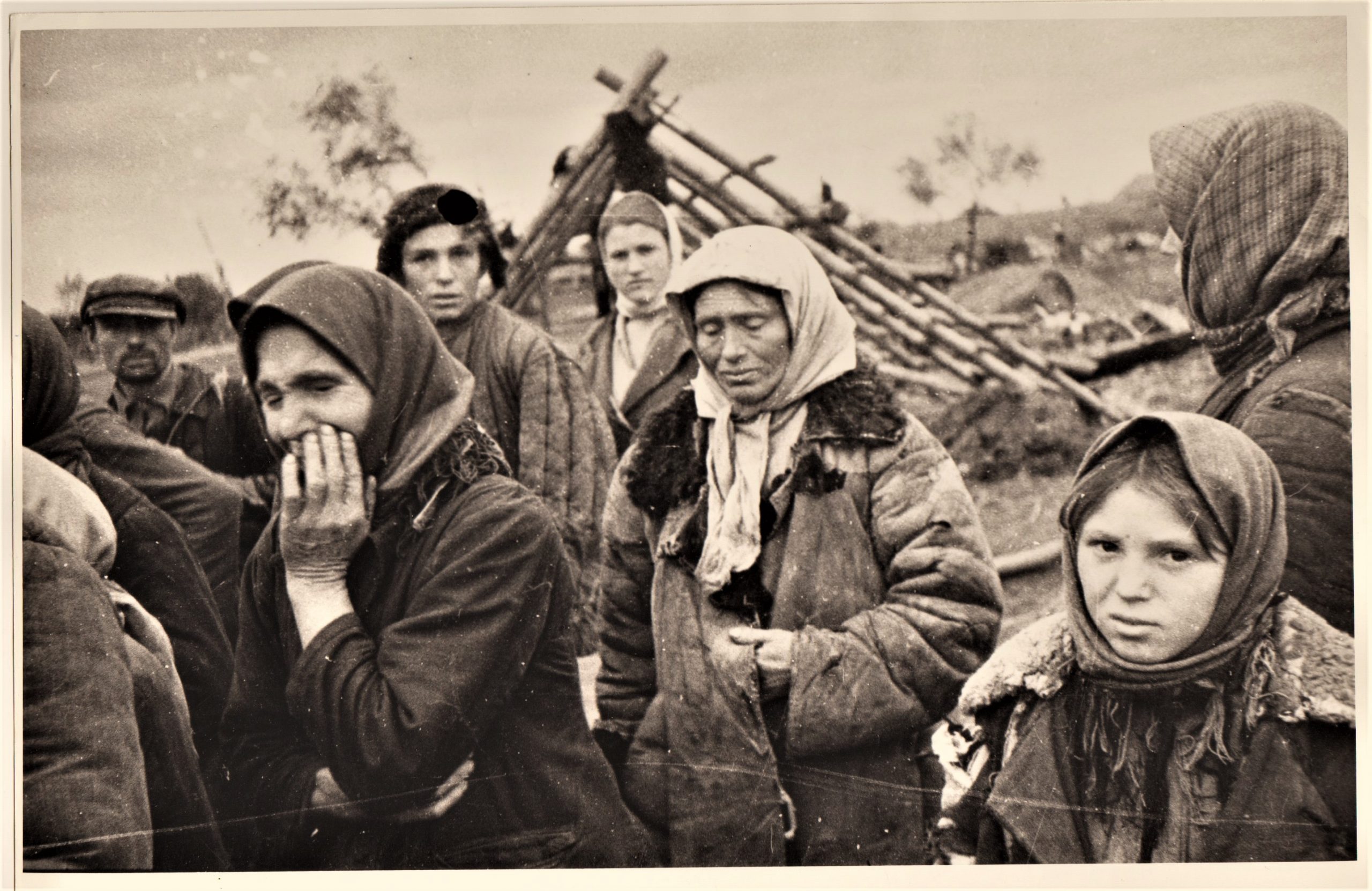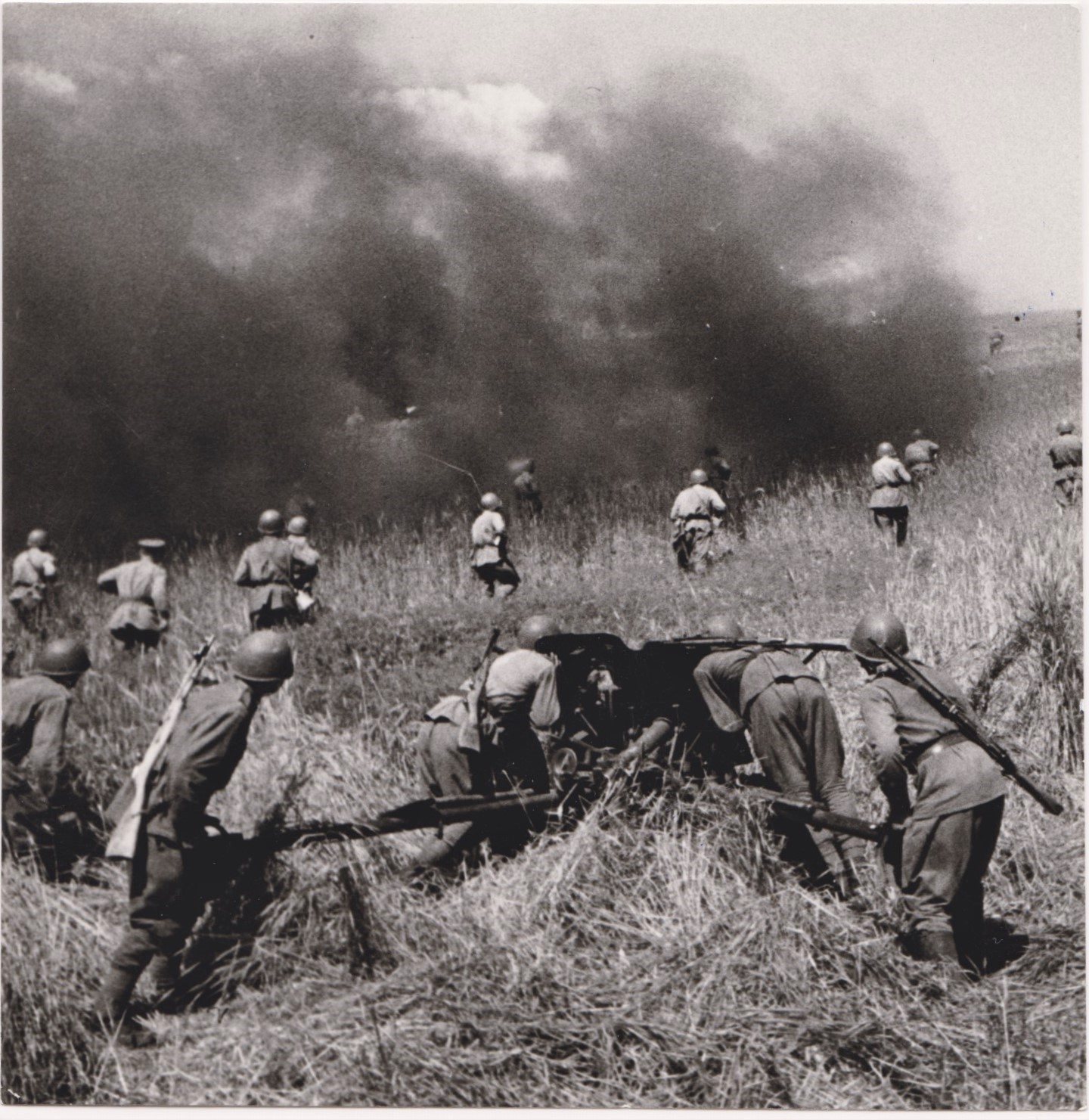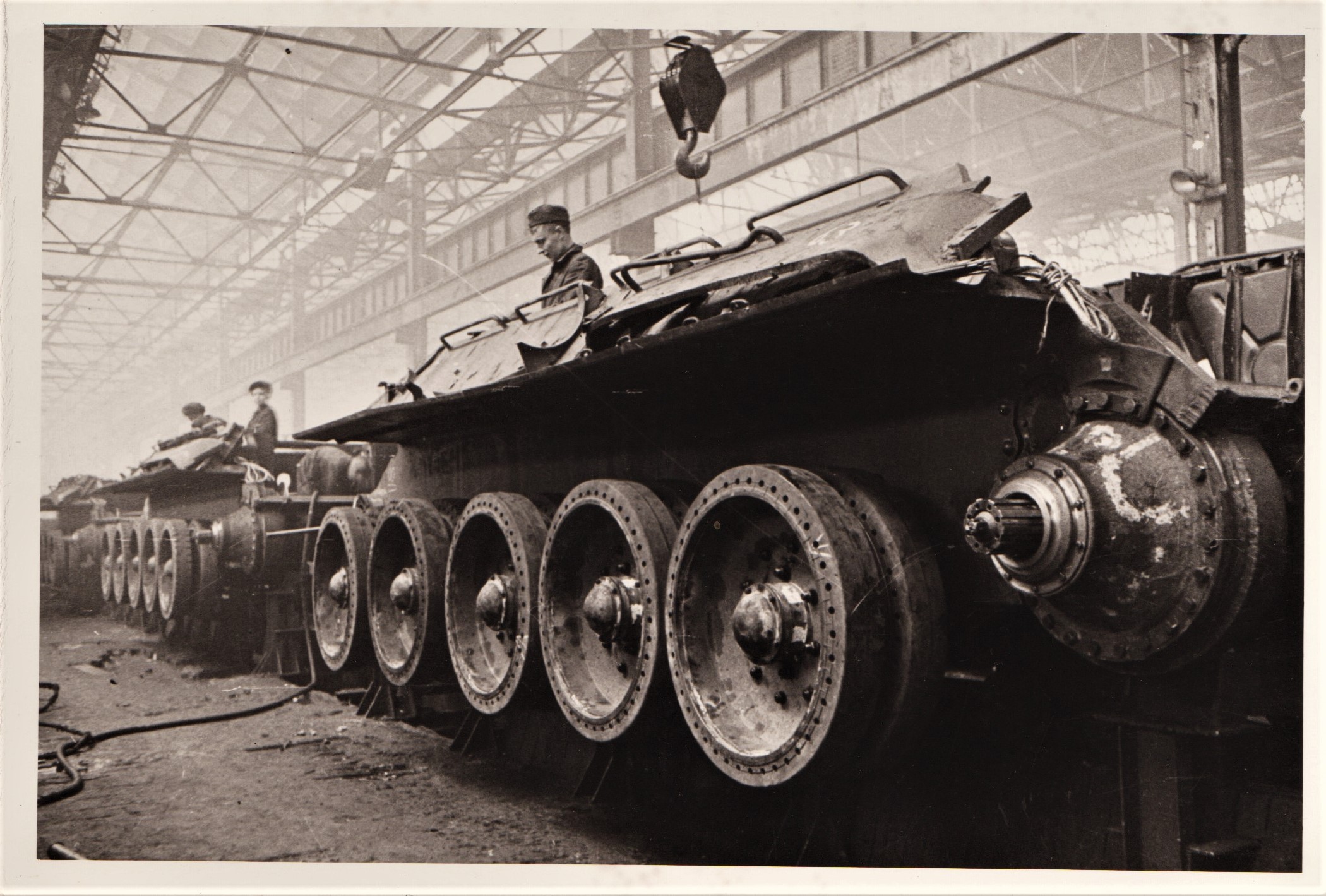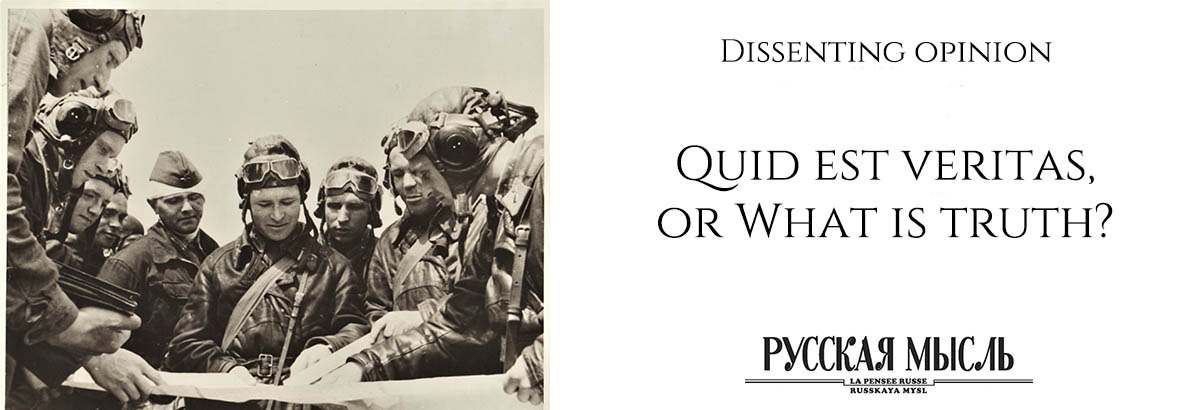The frontline between Soviet and German armies remained the major European frontline up until 9 May 1945
VYACHESLAV KATAMIDZE
Before the planned celebration of the Great Victory, various Russophobs, demonisers and falsifiers have combined their efforts in their aspiration to defame, slander, and underestimate the USSR’s role in the horrible war launched by the German Fuehrer Adolf Hitler under the passive eye of some Western states.
Two fictions take the central focus in denigration of our country’s role: the first of them attributes the leadership in crushing defeat of fascism to Western world instead of the Soviet Union, and the second one says that only participation of Western countries has allowed settlement of the war by May 1945.
Note the fact that not only mass media – newspapers and TV channels – propagate these ideas; such theses are included into textbooks and even multivolume explorations. Let us consider the case of the British undergraduate textbook named “Britain in the 20th century” by Charles Moore. This is the section about World War II: “Certainly, Russia’s contribution to the war was priceless, however, it was involved in the Eastern front only. Its direct contribution to Britain’s efforts during the war was next to none, but Russia’s participation in allies’ joint strategy was limited to the request for supply of resources or immediate (Anglo-American) disembarkation in France”.

The author may either be lack of knowledge of the real World War II history, or misrepresent the facts intentionally. British military supplies to the USSR were unsatisfactory. For instance, over the wartime Great Britain supplied 2124 Valentine tanks of British origin and 1208 Valentine tanks of Canadian origin, to the USSR. With this, 450 tanks were lost during transportation. The Valentines were running at low speed (with the top road speed of 24km/h), equipped with a weak 40mm canon, where the gasoline engine tanks were high-explosive and non-fire-proof against a single small projectile. Surely, such manageable assistance was highly appreciated under those circumstances. But remember that our country had produced 57 339 T-34 tanks only during the war! The Soviet Union acknowledged help, but it was unreasonable to affirm that this assistance was absolutely necessary.
In context of the phrase “Russia’s participation in allies’ joint strategy was limited to the request for supply of resources or immediate… disembarkation in France”, the following should be recalled to British historians: when Wehrmacht inflicted a defeat on British-American troops in the Ardennes, Stalin, the Supreme Commander-in-Chief of the Armed Forces of the USSR, issued the order to his generals to launch the Vistula-Oder Offensive eight days prior to its expected date with the aim to retract the maximum fascist forces back to the Eastern front. It is hard to count the exact number of allies lives saved on the Western front due to this decision of strategic importance!

It is also worth it to remind that the Soviet people singly fought against the major fascist German forces and their contributors in Europe over the first three years which were the most horrible time of the war. The Soviet-German front then saw 180 to 260 division level units of the enemy at the same time, and among these were 140 to 200 fascist German divisions. During the military struggle Nazi command sent new additions to the East on the back of the USSR’s allies restraining of aggressive attacks over a protracted period. Around 270 German divisions (except those activated immediately on the frontline from among newly received forces), as well as new tactical formations of Germany’s satellites were repositioned there.
In November 1942 the Eastern front, in addition to Wehrmacht forces, saw over 70 Italian, Romanian, Hungarian and Finnish divisions, separate “volunteer fighter” formations from Spain, Belgium and other countries. Nazi forces lost 507 divisions and their European satellites lost nearly 100 divisions in total during the war. Germany’s armed forces suffered heavy losses on the Eastern front: over 90 percent of their total losses are accounted for by the war against the Soviet Union.
When it comes to the total number of countrywide losses, the majority of victims in the Soviet Union were due to genocide and ethnic cleansing among peaceful population living on the occupied territory. In contrast, Hitler avoided such policy in the West. 364 thousand UK citizens died in World War II, where only one sixth was accounted for by peaceful population. But in the USSR, among 27 million fatalities over the war, over 19 million habitants were accounted for by peaceful population…
The frontline between Soviet and German armies remained the major European frontline up until 9 May 1945. By January 1945 – by the moment of full-court press on the Western front for Germany after its attempt to attack in the Ardennes, – Wehrmacht units in the West counted 73 divisions only, while 179 German divisions fought on the Eastern front at the same time. Totally, 80% of workforce of the German field forces, 68% of its artillery corps, 64% of its tanks, and 48% of its Luftwaffe air forces were used against the Soviet Army during this period. So, the main inland force of Germany fought in the East, not in the West, during the last year of the war, too.

Before the summer 1944 the Soviet forces retook the most of the occupied territory. Outcome of the war was absolutely and doubtlessly determined on the Eastern front. Wehrmacht’s losses on the Eastern front of World War II were extremely high in armament and equipment. 70% of the total number of Nazi aircrafts crushed during the war, 75% of lost tanks and 74% of artillery losses of Germany were accounted for by the war against the USSR.
The scale and intensity of warfare in the scene of operations in Western Europe in 1944 and 1945 were never like the operations on the Eastern front held both between 1941 and 1943 and during the last two years of the war.
With the consideration of the full strategic picture of World War II, we can understand some Russian historians who affirm that the Anglo-American disembarkation in Normandy itself was organised in the summer 1944 with the only purpose to avoid conclusive defeat of Wehrmacht by the Soviet Army being independent of allies.




